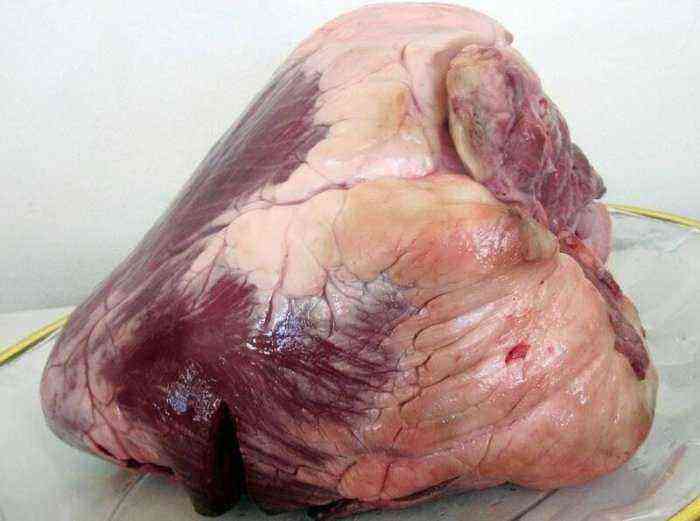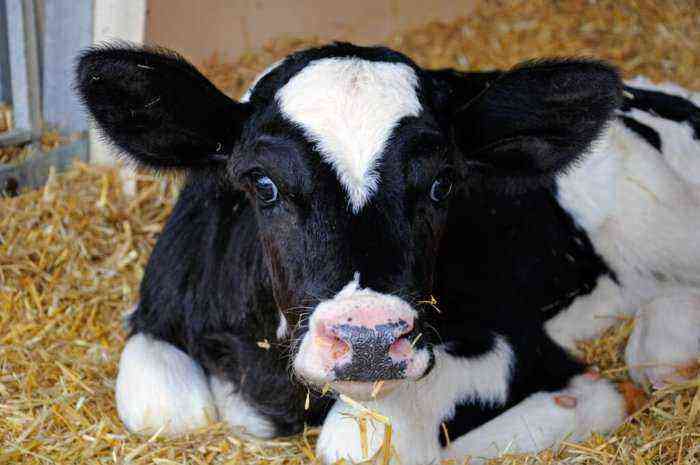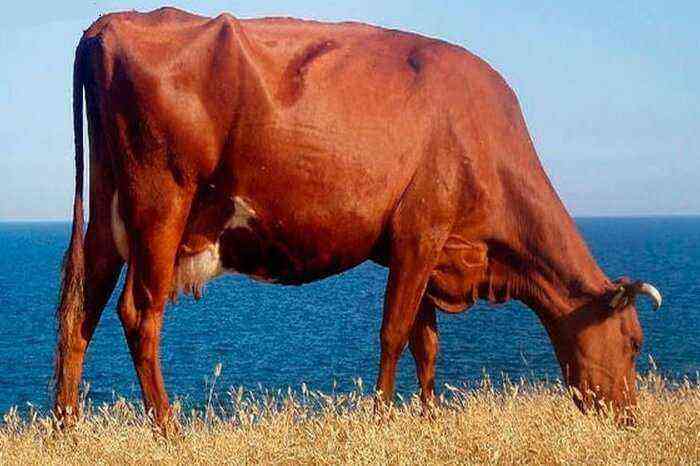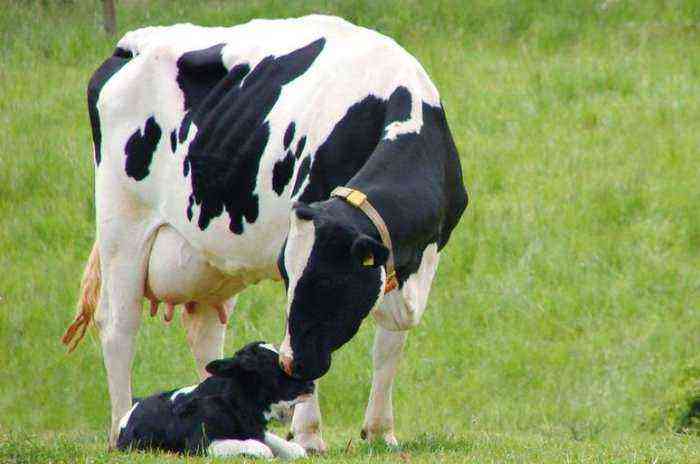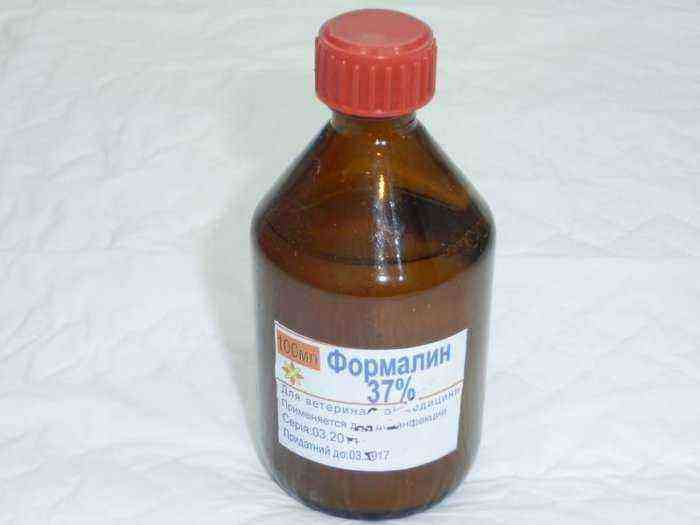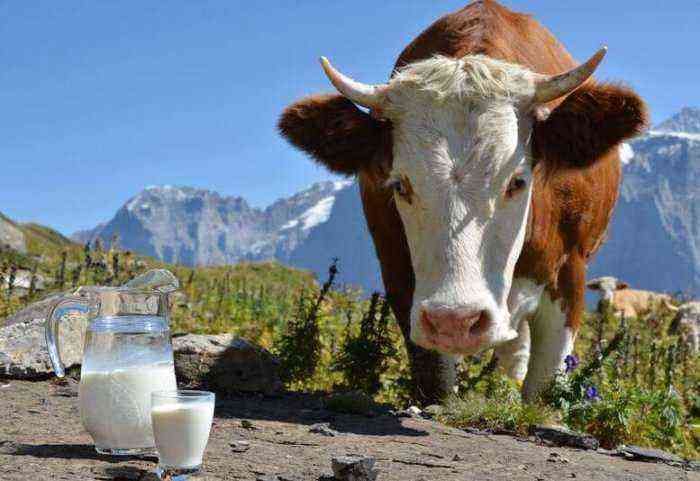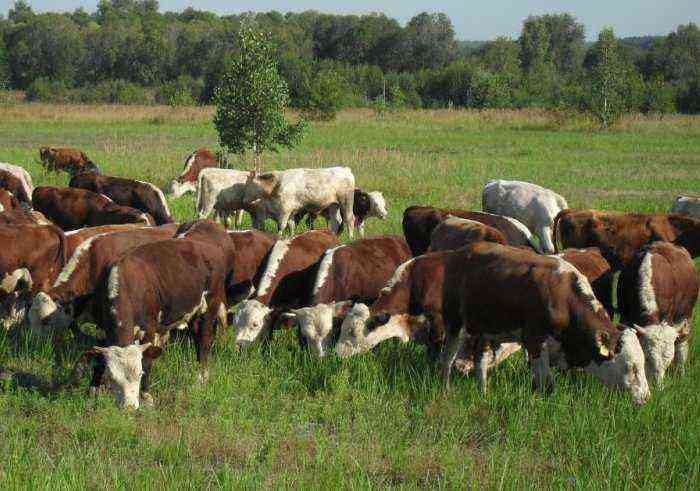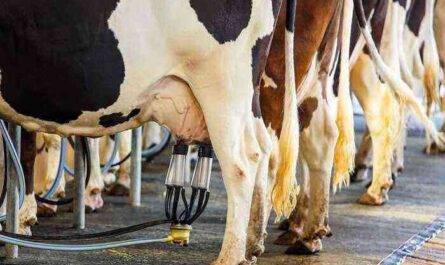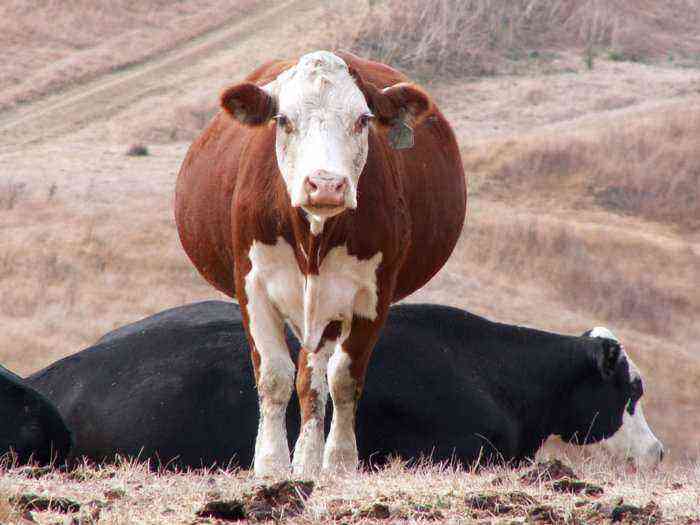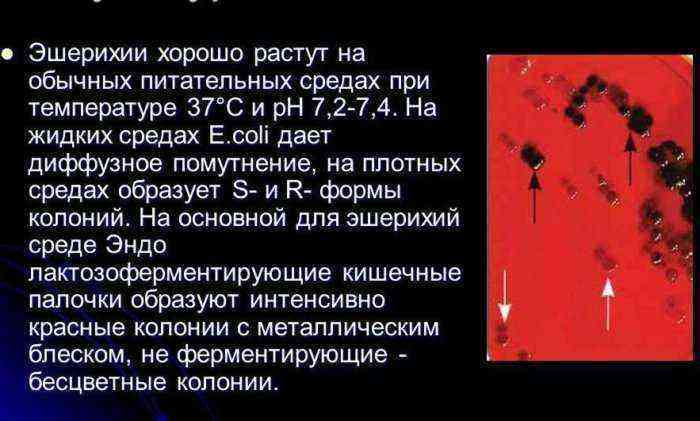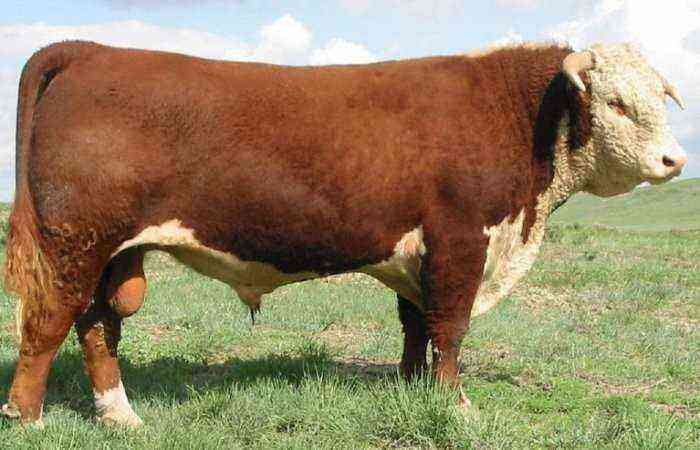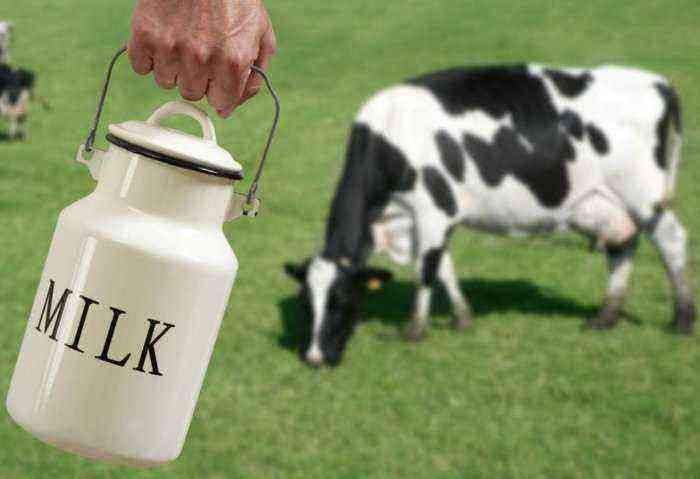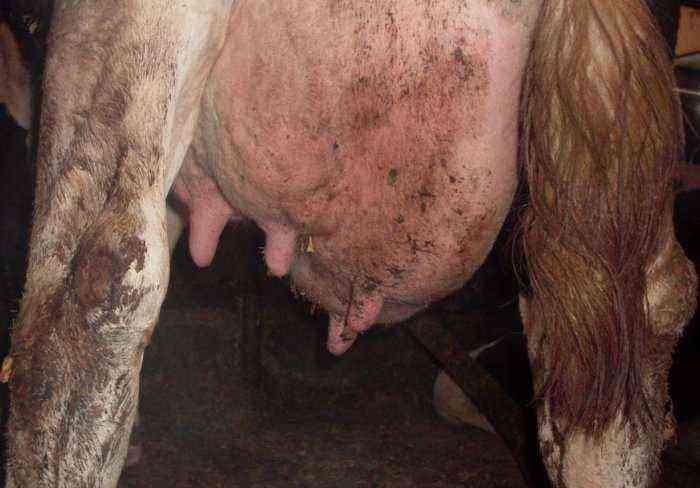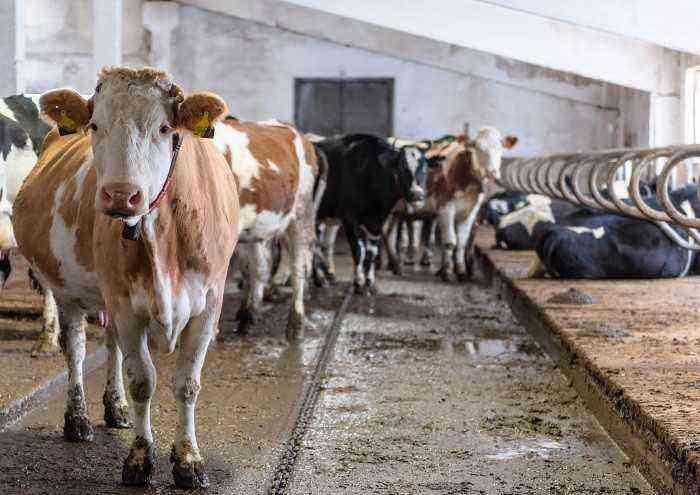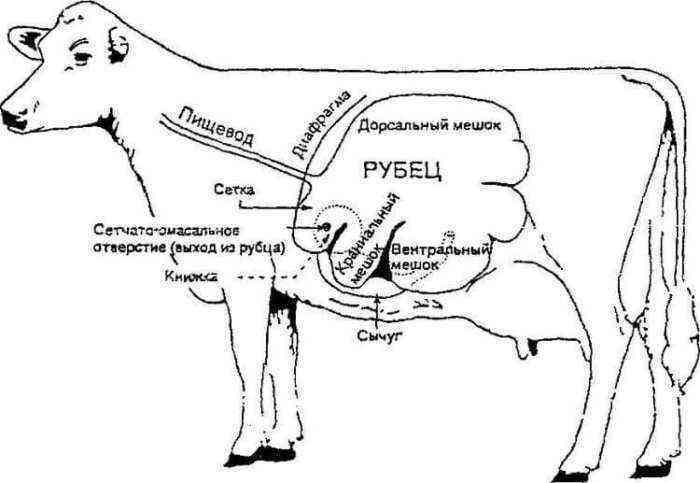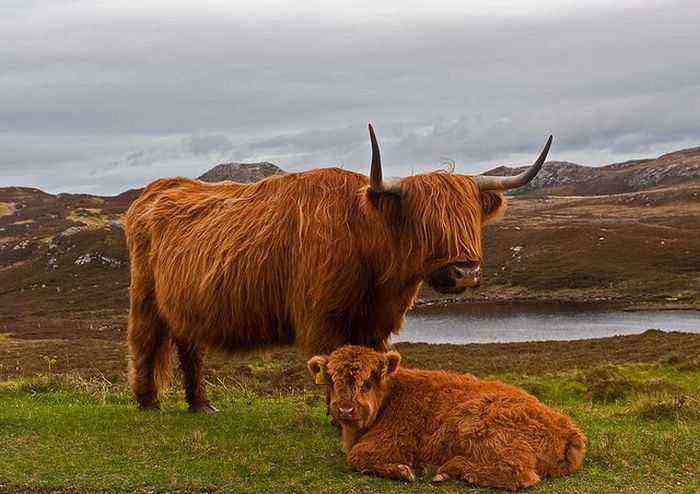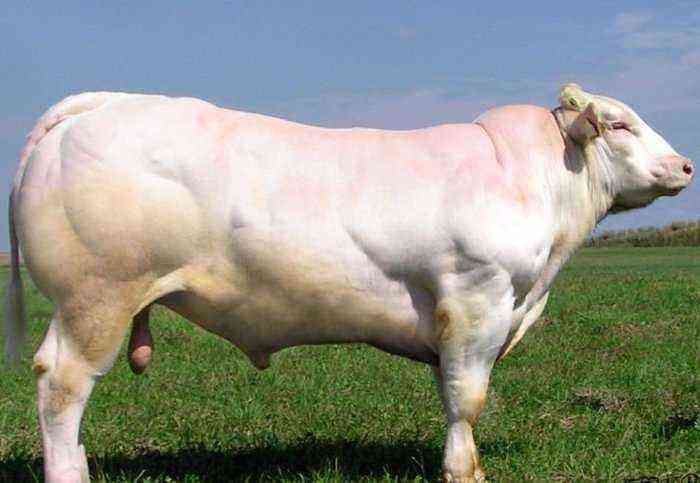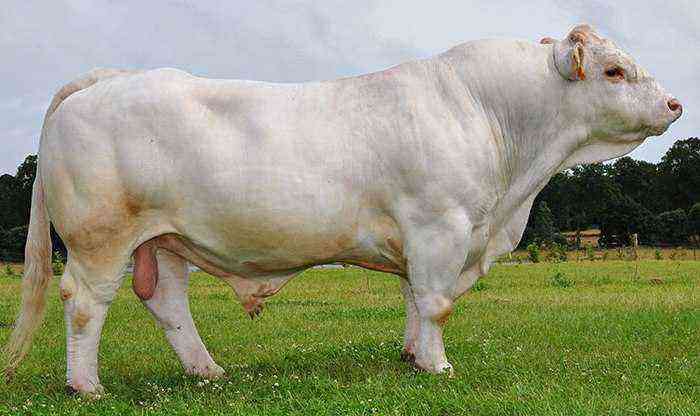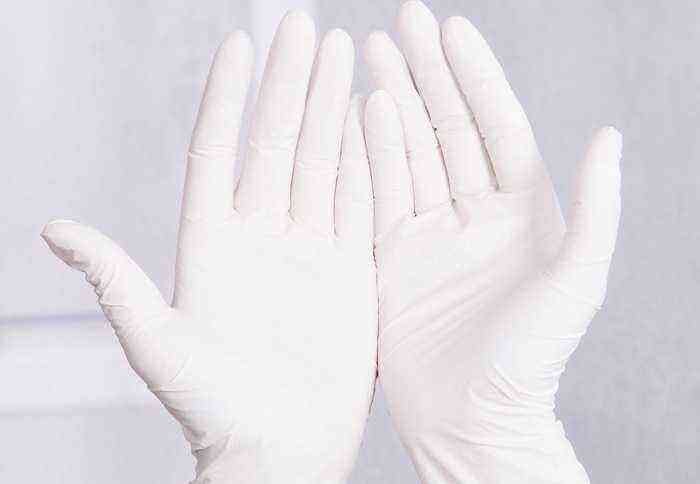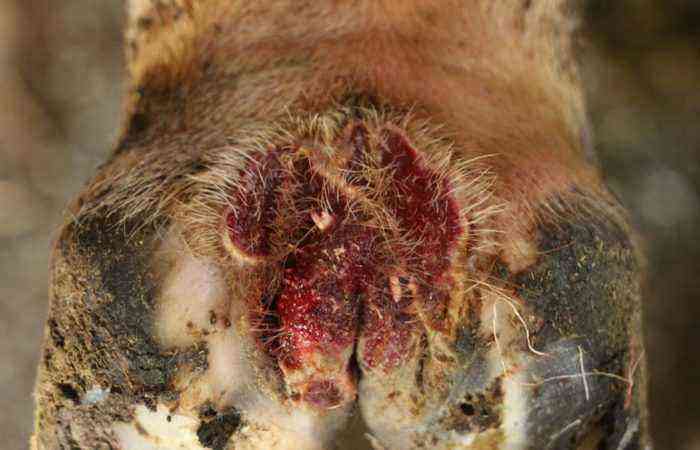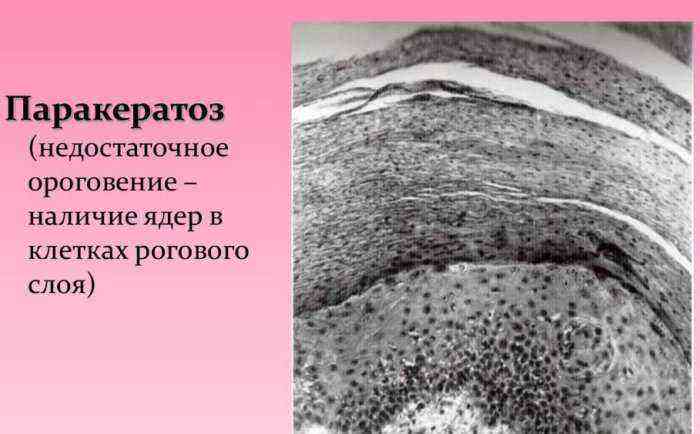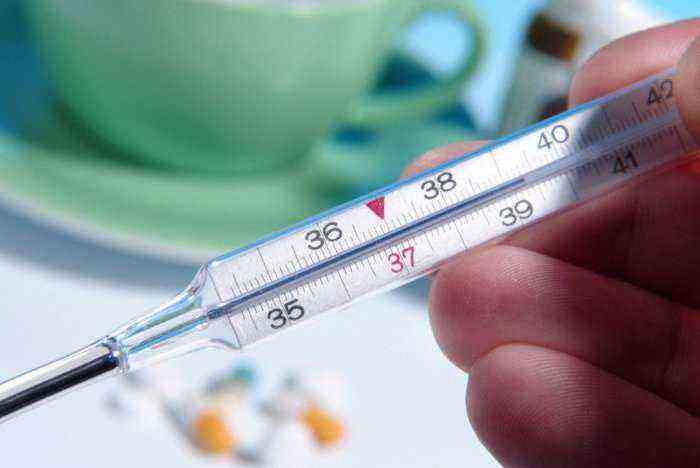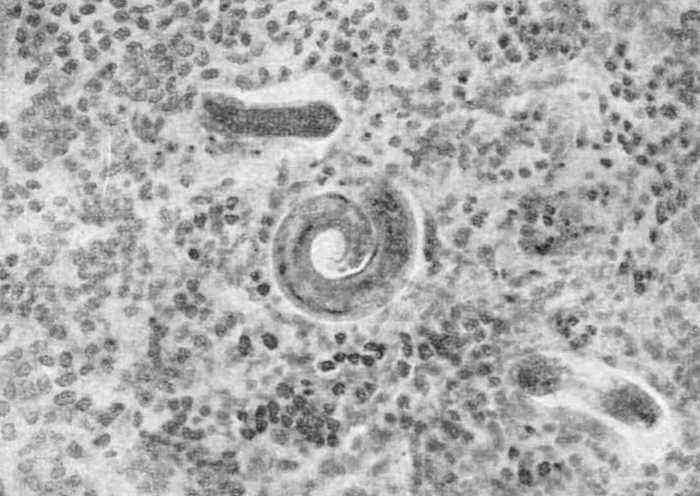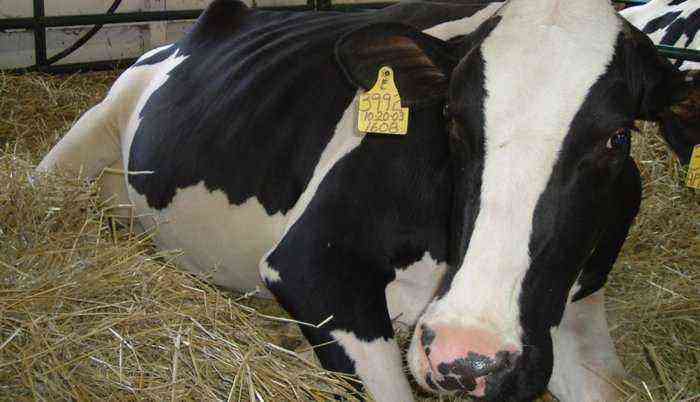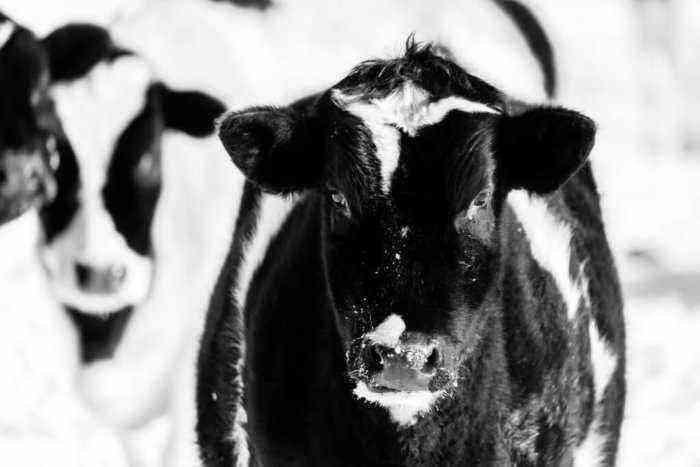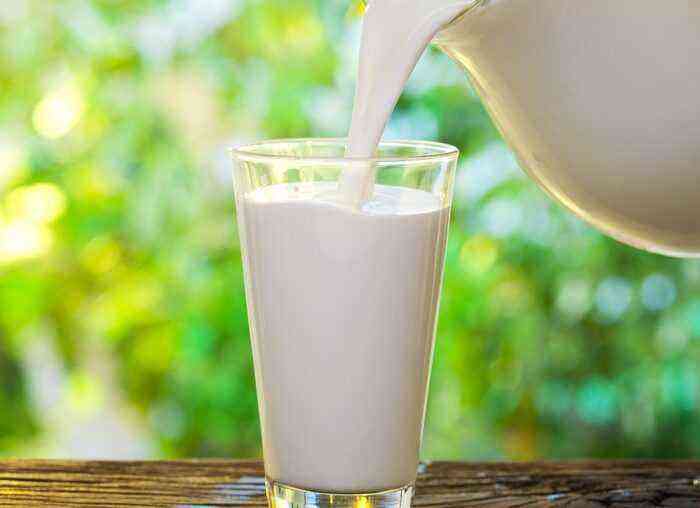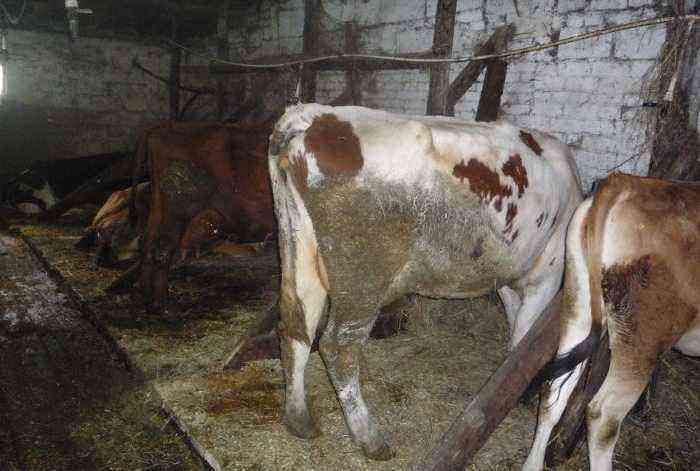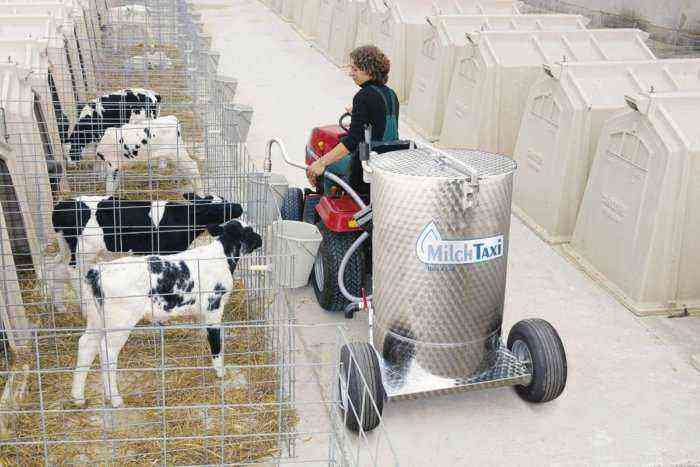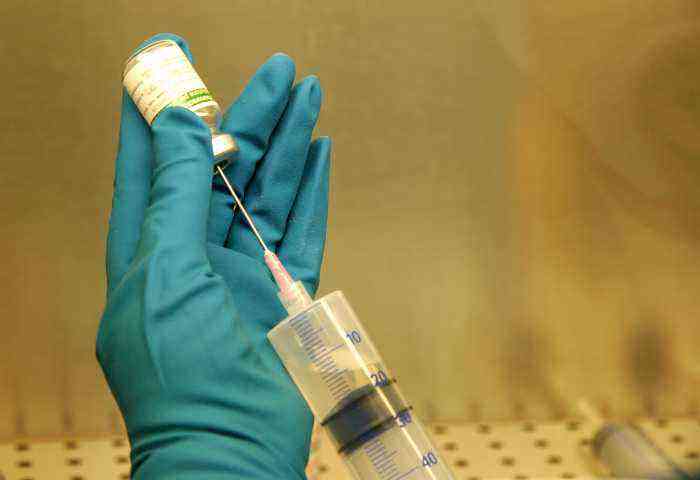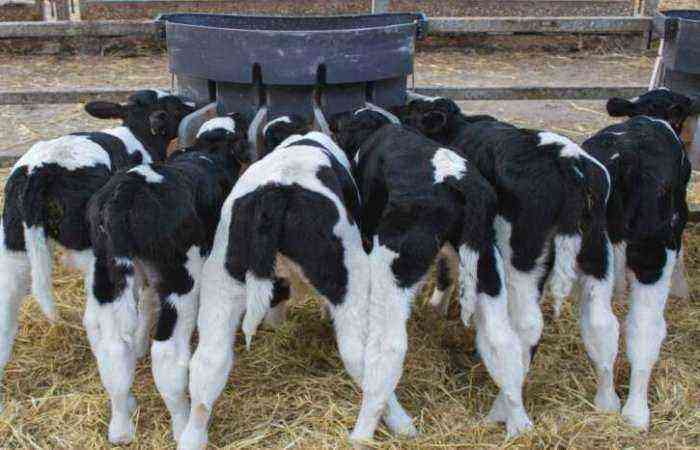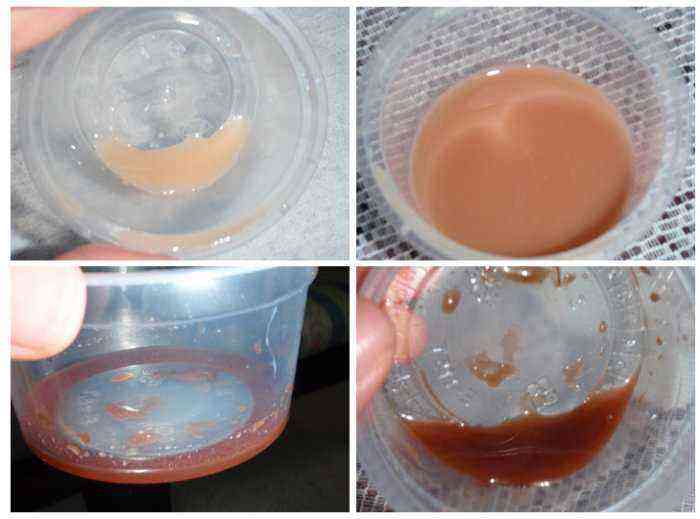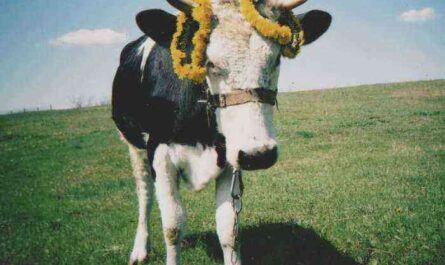When raising cows, knowing the weight of each animal is not only useful, but essential. This indicator allows you to determine the productivity of the animal, draw conclusions about the effectiveness of the selected diet, choose the right price when selling animals. But not every farm has scales of the desired configuration, and besides, it is quite difficult to weigh an adult cow on your own. In this case, it will be useful for the breeder to have information on how to find out the weight of cattle from measurements and a special table without using measuring instruments.
Cattle
Average weight of cow and bull
It is quite difficult to determine the general average weight values for cows and bulls, but in this matter there are several features that are characteristic of all living creatures of this species. The first of them assumes the dependence of the weight of livestock on the direction of productivity to which the breed belongs. There are 2 main areas:
- Meat. Cows and bulls, which are bred for beef, are distinguished by well-developed muscle tissue. This is reflected in the weight of the animal. On average, one cow of meat breed weighs from 400 to 700 kg. The bull in this regard is superior to the female. Its weight can vary from 800 to 1500 kg. The record holders for this parameter are representatives of the Hereford breed.
- Dairy. The weight of dairy cattle is much less. Adult sires gain an average of 700 to 1100 kg. The weight of a cow is 400–600 kg. Only representatives of the Holstein-Friesian breed can reach a mass of 720–750 kg.
The second feature is that, regardless of breed, bulls always weigh more than a cow. Also, the weight indicators of the animal are largely influenced by the conditions of detention, the composition of the diet, and age.
Depending on the listed factors, even within the same breed, several weight categories of living creatures are distinguished:
- Selected. This group includes all cows whose weight exceeds 450–500 kg.
- First grade. The category includes animals weighing 400–450 kg.
- Second class. Livestock weighs from 380 to 400 kg.
- Third class. The group includes all representatives of the breed weighing up to 380 kg.
Attention! The indicated average weights of livestock allow you to compare the prescribed breed standard with the indicators obtained during the weighing. This approach makes it possible to determine the effectiveness of the implemented method of keeping animals.
Livestock weight by measurements, weight table
In the absence of measuring instruments, pre-made measurements and a special table for determining the weight of cattle allow you to find out the mass of a cow. It gives an idea of the approximate weight of the animal with an error of 20-30 kg. For verification, it is necessary to make the following measurements using a tailor’s tape or tape measure:
- The girth of the body in the region of the sternum. For measurement, the tape is held behind the shoulder blades of the animal and connected in the chest area.
- Oblique body length. The tape is stretched from the shoulder of the cow to the ischial tuberosity (a special protrusion on it).

Measuring the weight of cattle
The data obtained during the measurement are substituted into a special table. Such tables are developed by experienced livestock breeders and exist in several versions.
Using the regression equation
If you have made a measurement of the girth of the chest of the animal, you can determine the weight on the spot and without using the table. In this case, a special regression equation is used, which has the following form:
Y = 5,3x-X
In this formula, “Y” means the weight of the cow, “x” is the exact value of the girth of the chest of the animal, “X” is a special coefficient that assumes one of three values:
- with a chest girth of 170-180 cm – 507;
- with an indicator of 181-191 cm – 486;
- if the girth is 192 or more – 465.
Reference. To determine the mass, all values uXNUMXbuXNUMXbare substituted into the formula. The resulting value indicates the approximate weight of the animal and also approximately corresponds to the numbers indicated in the table.
Freuven method
The Freuven method is designed to determine the weight of young animals from the measurements made. In this case, the chest girth and the oblique length of the calf’s body are also measured, but the figures obtained during the measurement are substituted in the table below:
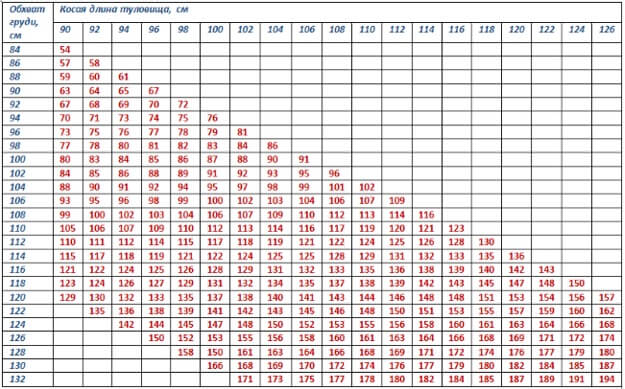
Determination of the weight of young animals according to the Freuven method
The rules for using the table here are quite simple and actually repeat other table options that are on the network. But the numbers given in the list have been adjusted taking into account the peculiarities of the proportions of the body and the growth of the young. The weight value is in the cell located at the intersection of the desired column and row.
Kluwer-Strauch method
Another popular measurement method is the Klüver-Strauch method. The table is also used here, but the values presented in it are applicable only for adult cattle. The Klüver-Strauch list assumes the following form:
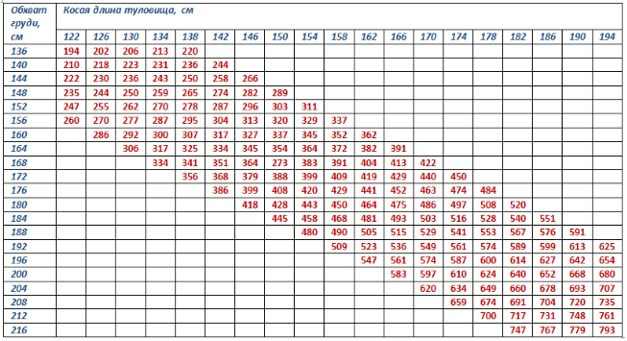
Determination of the weight of cattle by the Klüver-Strauch method
The table is used in the same way as the Freuven variant. In accordance with the girth and oblique length of the cows’ body, they choose the corresponding intersection point. It will indicate the mass of living creatures.
Important! This method allows you to track the growth rate of the cow and their compliance with the recommended standards. In addition, many breeders use it to control the weight of heifers during pregnancy.
Trukhanovsky’s technique
You can also get the approximate weight of a calf using the Trukhanovsky method. It involves the use of a mathematical formula:
Y = (AxB/100)xK
In it, “Y”, as in the regression equation, means the mass of the animal. The number “A” indicates the girth of the baby’s chest, “B” – the oblique body length of the calf, indicated in centimeters. The letter “K” denotes a special coefficient, which is affected by the breed of the animal. If the calf belongs to the breed of the meat direction, then K = 2,5. In the case when the breed is dairy, K=2.
In addition to all the numbers, for a more accurate result, you should also pay attention to fatness. If the calf is over-fed, another 5-10% is added to the result. If the baby is thin, then the indicator of his weight, on the contrary, is reduced by the indicated proportion.
With special tape
For those breeders who are too lazy to carry out calculations and reconcile with the table, there is an option to measure the mass of cattle using a special tape. On it, instead of units of length, units for determining the weight are immediately marked. In this case, the measurement is carried out strictly behind the front legs of the cow.
It should be noted that this method involves the greatest error. Therefore, in the measurement, several rules should be followed:
- The tape is wrapped as tightly as possible, making sure that it lies strictly perpendicular to the body of the cow and squeezes her sides a little.
- The measurements are repeated at least three times. The results obtained are summarized and the average value is sought.
- The weight value is compared with the fatness of the cow, after which 5–10% of the result is added or reduced.
How to find out the weight of black-and-white cows?
These measurement methods are suitable for most breeds of cattle, but there are exceptions among them. These include the black-and-white pedigree line of cows. To measure them, a separate table is used:
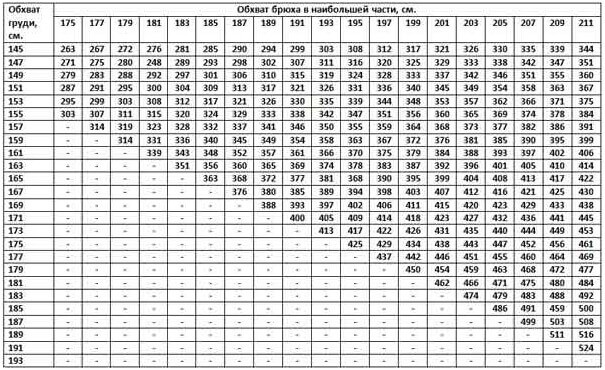
Table for measuring the weight of the black-and-white pedigree line of cows
In this case, the measurements differ from those indicated above. To determine the weight of such cows, measure the girth of the chest and belly of the animal at the widest point. The remaining rules for using the table are completely similar to other methods.
Not every breeder has expensive scales suitable for weighing cattle. But knowing the exact weight of a cow is extremely important to control the weight gain of an animal, to select suitable individuals for mating or selling. In this case, it would be useful to be able to determine the weight of living creatures without scales, based on body measurements and special tables.
